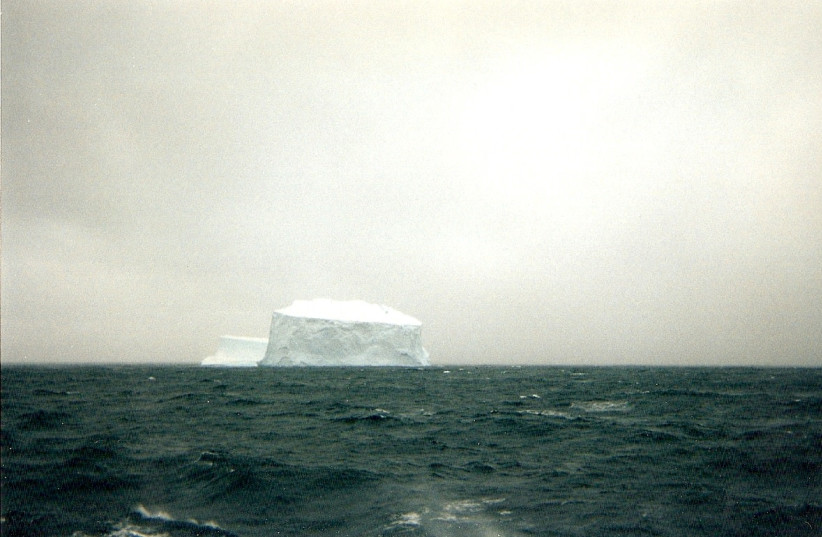The great big ocean is still 80% unexplored, but new scientific studies may help us understand and explore more of it.
Could a recently discovered sample of marine DNA from one million years ago hold the answer to the mystery of the ocean's ecosystems? After discovering the ancient marine sample in the deep-sea sediments of the Scotia Sea just north of Antarctica, scientists believe that it may hold the answers they have been looking for.
The University of Tasmania reported that an international study team led by the Institute for Marine and Antarctic Studies (IMAS) found the million-year-old marine "sedimentary ancient DNA" (sedaDNA) in samples of sediment.
These samples were collected up to 178 metres below the seafloor, during an International Ocean Discovery Program (IODP) expedition in 2019.
This discovery gives scientists a glimpse of what the ocean's ecosystem might have looked like in what was ultimately a different world. This discovery may also help predict changes that the underwater world could undergo in the years to come.
This sedimentary discovery may also point toward how marine life will respond to climate change both now and well into the future.

Now, thanks to further research and scientific advancement, those samples were identified in ways never previously thought possible.
“The fragments are the oldest authenticated marine sedaDNA discovered to date – and these have been preserved due to factors like very low temperatures and oxygen concentrations, and an absence of UV radiation,” Dr. Linda Armbrecht said.
Armbrecht is an IMAS researcher as well as the lead researcher in the study that originally published these findings, via Nature Communications.
These sedimentary discoveries help scientific advancement in many ways. In addition to helping provide solutions for the conservation of the Antarctica, one of (if not) the most vulnerable spots in the world for climate change, this discovery helps give further insight into what kinds of creatures inhabited the great big blue.
Sedimentary ancient DNA (sedaDNA) analysis, which was used to identify this ancient DNA, is a new technique that helps identify who has lived in the ocean previously, and an idea of when.
Why is this discovery so significant?
“Antarctica is one of the most vulnerable regions to climate change on Earth, so studying this polar marine ecosystem’s past and present responses to environmental change is a matter of urgency,” Dr. Armbrecht said.
With this discovery, the world now knows just a bit more about the ocean - which has only been 20% explored since the dawn of civilization.
(Source: https://www.jpost.com/science/article-719139)